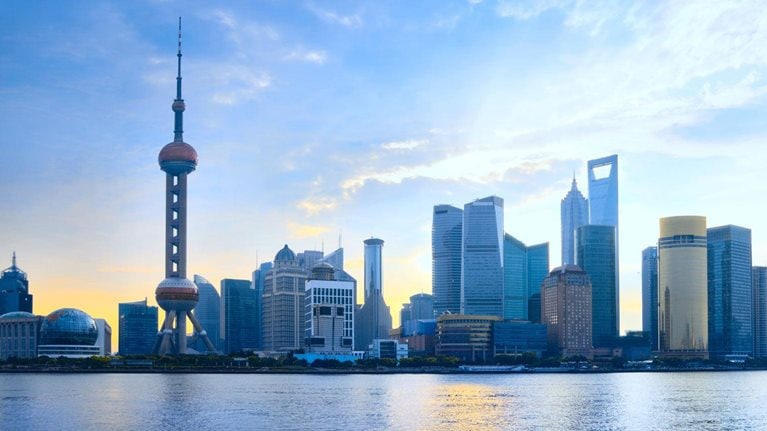China’s dramatic economic growth is intensifying the challenges of urban policy. Mass migration to the cities is leading to urban sprawl, the loss of arable land, and spiraling demand for energy and natural resources, as well as contributing to the challenge of providing social services. It’s time for policy makers to rethink their approach to these problems and to the direction that urbanization has taken so far.
About 600 million Chinese now live in cities, yet that represents only 45 percent of the population, compared with more than 80 percent in the United States, so China’s cities are likely to grow considerably. New research by the McKinsey Global Institute projects that by 2025 China’s cities will add 325 million more people, including about 230 million migrants. Following the current trend, the country’s urban population will reach 926 million by 2025 and top 1 billion by 2030 (Read the full report, Preparing for China’s urban billion).
Rapid urbanization will contribute to GDP growth but also carries serious challenges. By our estimates, demand for energy in urban areas will more than double, and demand for water will increase by 70 to 100 percent. Providing health care and education to new migrants will severely strain municipal finances. Depending on the shape urbanization takes—more concentrated or more dispersed—7 to 20 percent of the country’s arable land could be lost. Urban sprawl, massive slums, pollution, and traffic gridlock are some of the problems cities around the world confront when infrastructure and municipal services fail to keep pace with the influx of people. Decisions that China’s officials make today will determine whether its cities struggle to cope with growth (as in Mexico City, Mumbai, and São Paulo) or emerge as world-class metropolises on par with London, New York, and Tokyo.
We examined the impact of four scenarios for China’s coming urban expansion in areas such as labor, resource management, and municipal finance. The scenarios depict, respectively, future urban growth characterized above all by the emergence of a small number of supercities with populations of 20 million or more, by hub-and-spoke clusters of small and midsize cities growing around the largest one, by the distributed growth of a large number of midsize cities, and, finally, by an even larger number of small ones. Played out through 2025, each scenario produced a starkly different urban pattern for China.

